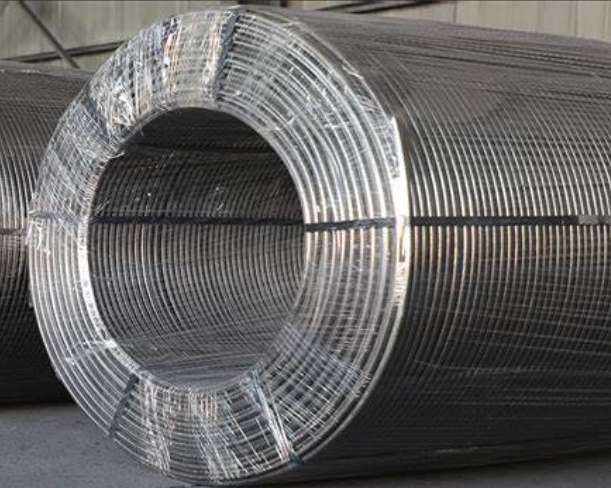
A refractory steel core wire, Pure Calcium Cordied Wire For Steel Refining, is used for the refining of molten metal. Use it for inclusion removal, desulfurization or deoxidation. This can be used to improve the product quality and yield, as well as reduce the cost. By preventing clogging, the product can increase melting rates of steel and prevent the ladle from stumbling.
A cored wire made with a combination of calcium particles of between 28% and 35%, iron powder of 65-72% and cold-rolled strips of low-carbon steel is used. Fast sinking speed, good slag protection, and high strength are some of its advantages. These can reduce the oxidation rate in steel melt. This allows for easy control of core size and can reduce the amount of steel powder that agglomerates.
A cored wire of this type is normally fed into molten metal through a feed wire machine. There, it melts and dissolves rapidly in the steel liquid. The molten metal can be alloyed more easily, the time to melt it is reduced, the amount of slag consumed decreases, the alloying yield increases, the composition changes, etc. The slag can be reduced, the melting time shortened, the alloy yield of molten steel increased, as well as the composition controlled.

Pure Calcium Cored Wire is unique in many ways, including the benefits mentioned above. A welded outer sheath ensures that the wire does not break in the molten metal before it reaches the depth required. The core is kept liquid through ferrostatic pressurization. This reduces the loss of calcium and can also be energy-saving.
It is also easier to change the cored gun powder than it would be with traditional refractory. It can reduce costs of raw materials and labor, as well as improve efficiency in smelting. It can also be used to treat a variety of non-metallic impurities in the molten steel, such as sulfur and oxygen, by creating calcium sulfide and oxide.
It is widely used by the metallurgical industries to refining the molten metallic outside furnaces. It is most often used for inclusion removal, but it can also be used for deoxidation and desulfurization. Its high melting temperature allows it to quickly form calcium sulfide and oxide in the molten steel, which can help remove non-metallic inclusions from the molten steel. The process is safe, economical and efficient. Also, it is an excellent way to lower the content of sulfur in steel molten, while also creating calcium sulfide oxide which increases the machinability. Other methods of removing inclusions, like the injection of refractory powder or argon into molten metal can be used.

Write a Message